Introduction
Welcome to the latest version 1.84 of the "New Zealand & Australia Precision Resources Free Public Release" report, a comprehensive guide designed with children in mind. Our aim is to provide a professional interpretation of how to effectively utilize educational resources and integrate them into children's learning experiences. This document is divided into several sections, each catering to specific aspects of educational engagement and resource utilization.
Understanding Our Resources
The first step in leveraging new and updated resources is to understand precisely what they entail. This section will introduce you to the types of resources available, their benefits, and how they can be utilized in various educational settings. Our resources are designed to be both engaging and educational, focusing on enhancing learning outcomes for young learners in a fun and interactive manner.
Implementation Strategy
Once you have a solid understanding of the resources, the next step is to create an implementation strategy. This section provides guidance on how to integrate the resources into the classroom in a way that enhances learning and maximizes potential benefits. We will explore different methods of implementation, including direct instruction, project-based learning, and technology-assisted learning.
Engagement and Participation
Engagement is key when it comes to learning. In this section, we will delve into strategies to promote active participation from children as they explore and utilize the provided resources. Interactive activities, group work, and gamification will be discussed as ways to keep children motivated and involved in the learning process.
Incorporate Technology
In today's digital age, technology plays an integral role in education. Our section on technology provides insights on how to incorporate it effectively into learning resources. By discussing tools like online quizzes, interactive presentations, and digital storytelling, this section aims to bridge the gap between traditional and technological learning environments.
Assessment and Evaluation
Assessment is an essential part of learning, allowing for the measurement of progress and the evaluation of educational strategies. In this section, we will discuss various assessment tools and evaluation methods that can be used in conjunction with the provided resources. It includes strategies for formative and summative assessments, as well as feedback mechanisms that can improve the learning experience.
Maintain Flexibility and Adaptability
No plan can be executed with perfection at all times. Hence, this section emphasizes the importance of flexibility and adaptability in educational planning. It will provide recommendations on how to adjust the implementation based on the responses and engagement levels of children, ensuring that the educational experience remains relevant and tailored to individual needs.
Conclusion and Future Outlook
As we conclude, we reflect on the importance of continuous improvement in education. We look forward to the future, where resources will evolve and adapt to the changing landscape of education. This section also serves as a reminder that parents, educators, and students must work together in nurturing a culture of learning, where every new resource is an opportunity for growth and development.
References
For those interested in deepening their understanding or seeking further information, we have provided a list of references and resources for additional reading. This includes academic articles, online databases, and educational think-tanks that have contributed valuable insights into the world of educational resources and strategies.

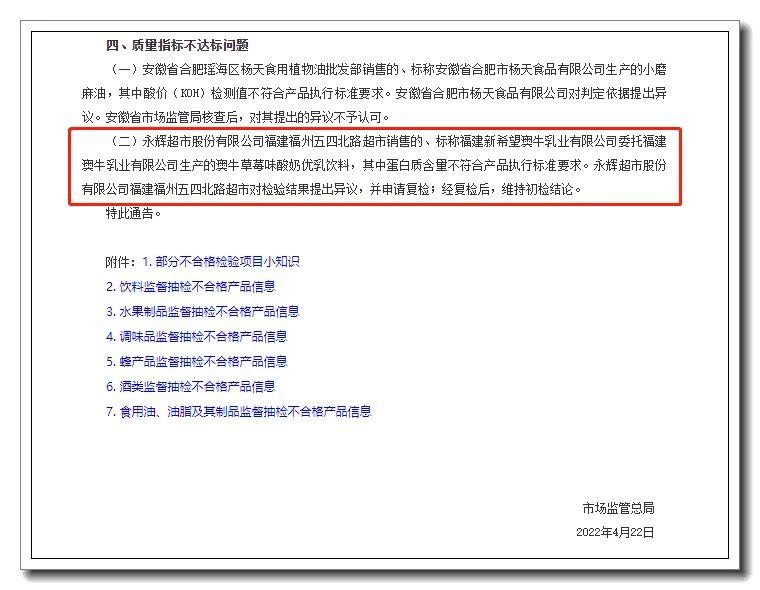
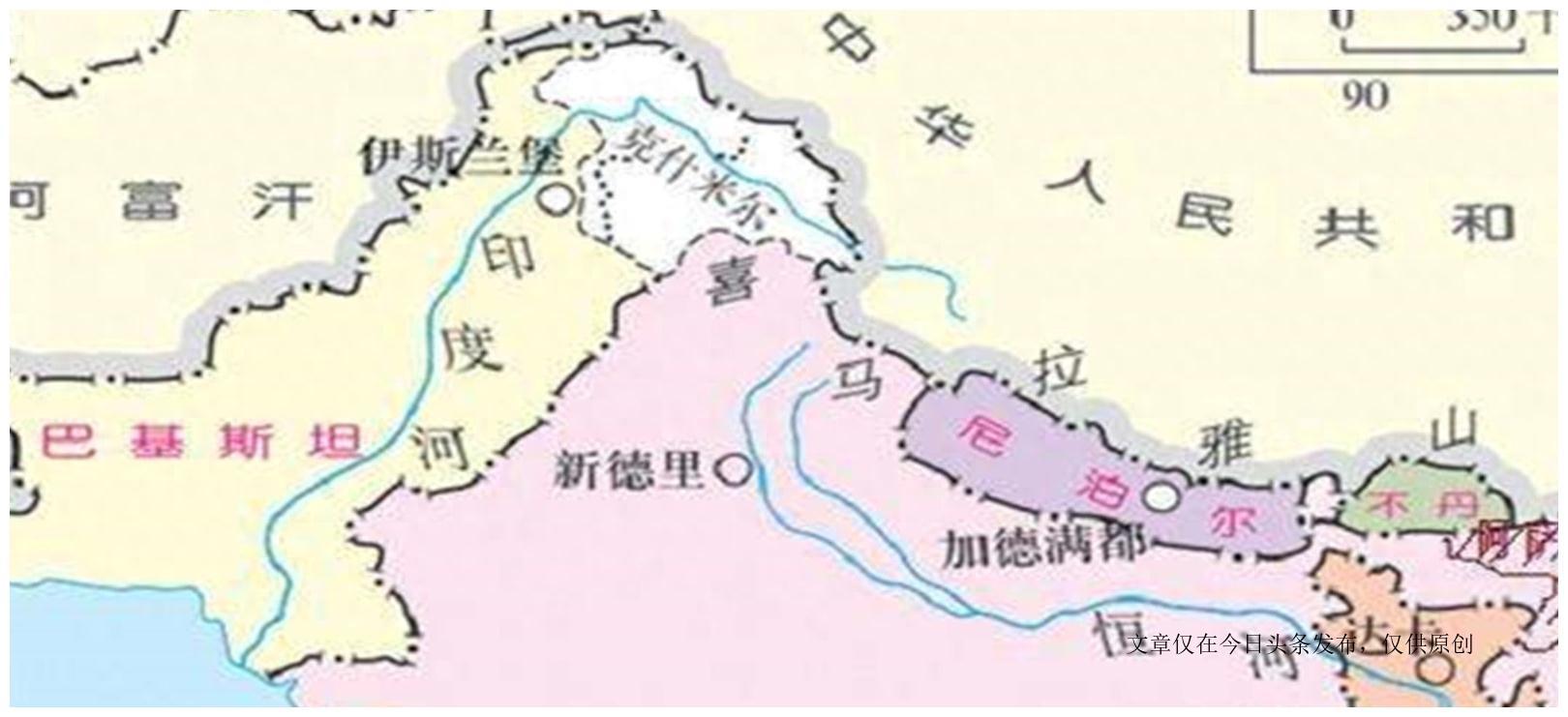
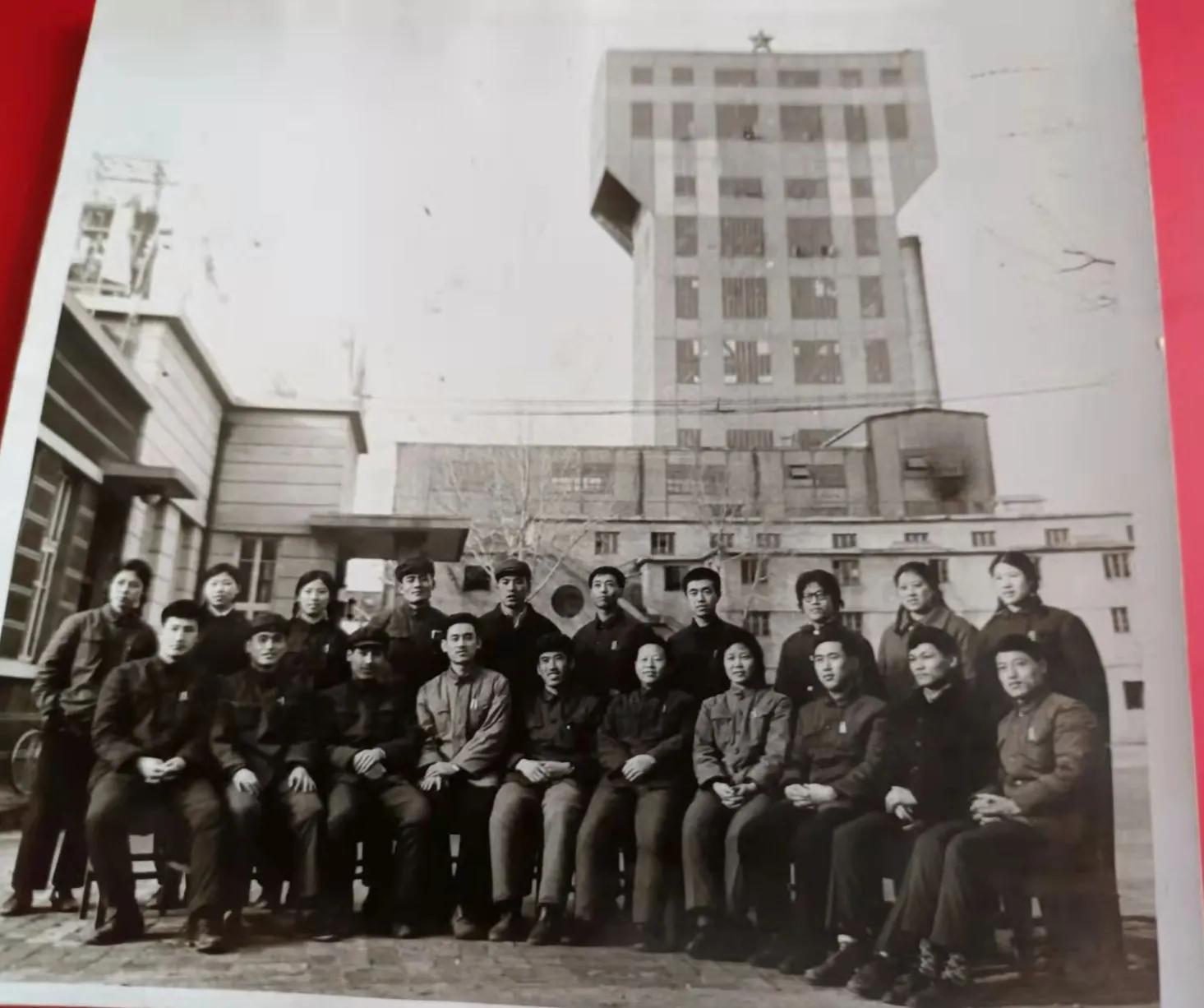
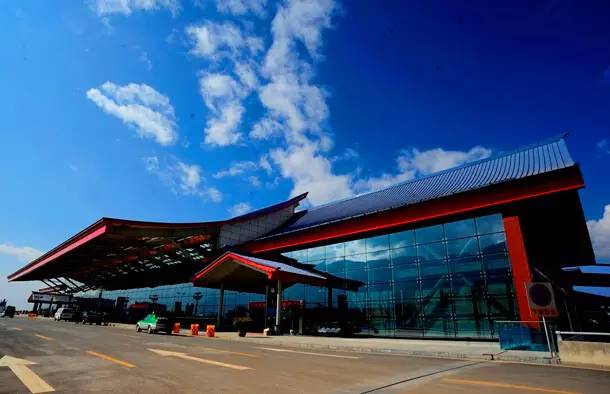

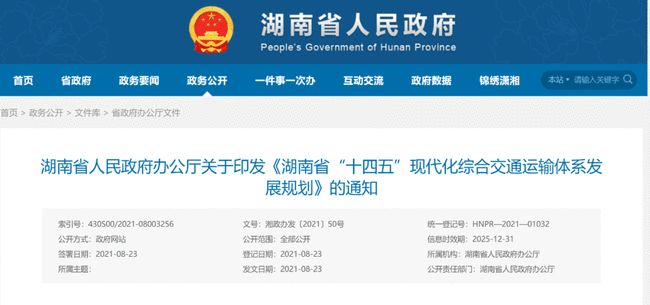
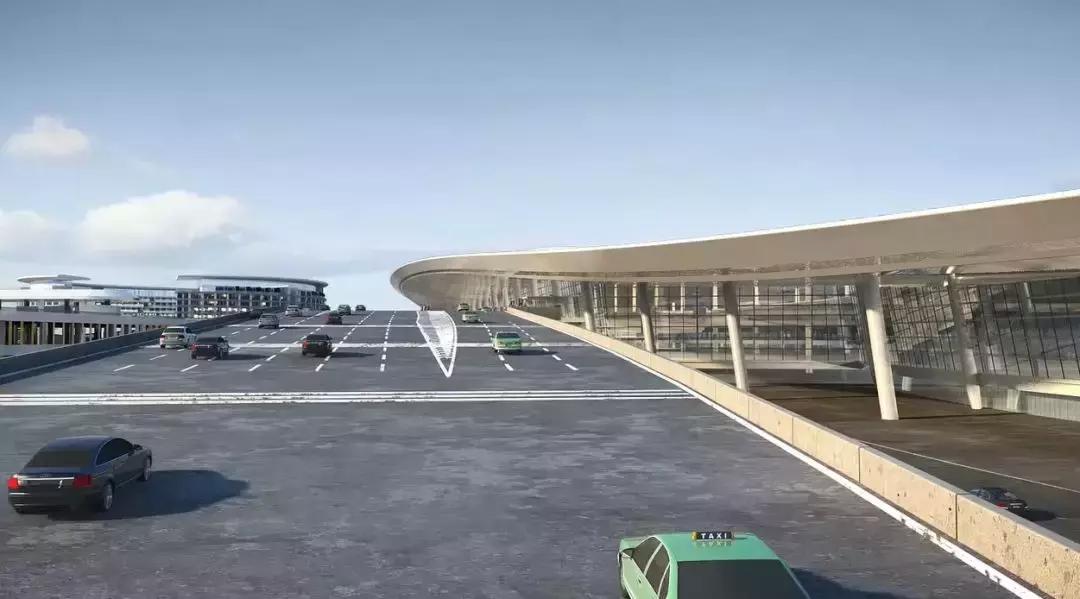
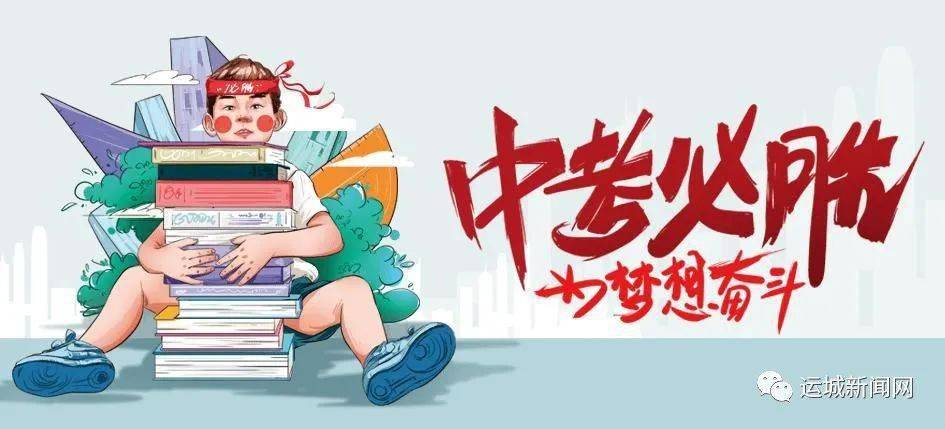
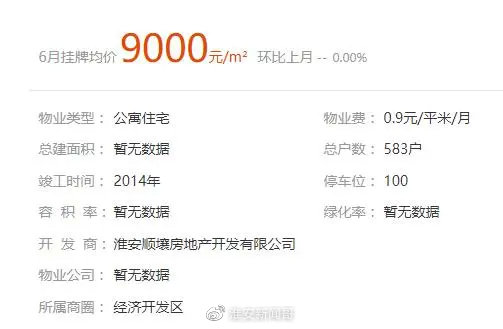
还没有评论,来说两句吧...